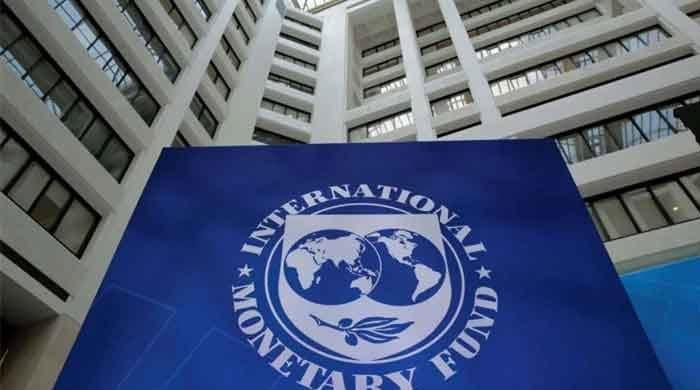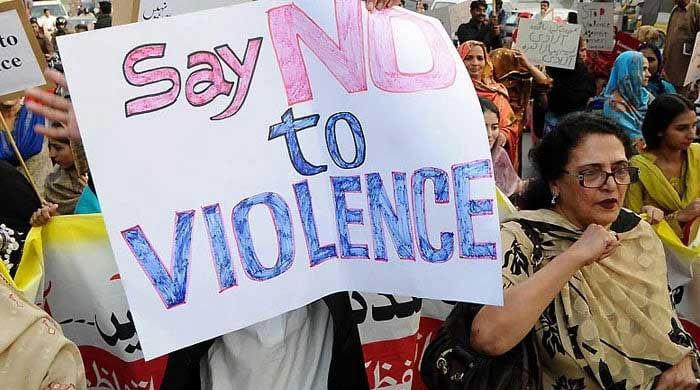Starved for attention
There is a need to ensure regular data on nutrition indicators with more discrete regional or district level information
October 30, 2017
Pakistan has an alarmingly high level of malnutrition. Around 24 percent of the population is undernourished. The most recent estimates by the UN Food and Agriculture Organization (FAO) state that 37.5 million people in Pakistan are not receiving proper nourishment.
The issue is complex and widespread, with protein and iodine deficiencies along with other health problems arising due to the insufficient intake of essential nutrients. In Pakistan, malnutrition is widespread among all ages. However, progress to address the social determinants of this problem over the last several decades had been quite slow.
According to the National Nutrition Survey 2011, one-third of all children are underweight, nearly 44 percent are stunted, 15 percent are wasted, half of them are anaemic and almost one-third of these children have iron-deficiency anaemia.
These rates have not changed over two decades, as per the findings of a maternal and child nutrition study group published by Lancet in 2013.
Notable differences can be found between the nutritional indicators of urban and rural populations. Children who are among the rural and urban poor are at greatest risk.
At least 14 percent of women in the reproductive age bracket are thin or wasted – with a body mass index that is less than 18.5 kilogrammes per square metres – and this trend is highest among households that are food-insecure. These differences in maternal and child malnutrition are also remarkable among various provinces and sub-regions and are clustered in areas that are widely recognised as high-risk districts.
Pakistan is ranked at 106 out of 119 countries on the Global Health Index (GHI) 2017. The country’s continues to raise concerns as its score remains on the high end of the ‘serious’ category, according to the report. At 32.6, Pakistan has the second highest hunger score – only Afghanistan’s score is worse – in all of Asia. Its neighbour, India, has the third highest score – 31.4 – in Asia and is ranked at 100 overall.
The GHI 2017 report noted that about one-fifth of Pakistan’s total population was undernourished. This should be a matter of concern for policymakers. Instead of improving the situation, the government has delayed releasing the data on a few social indicators, such as the employment status. The most alarming figure involved child stunting as 45 percent of children were facing the problem of impaired body growth due to poor nutrition. This ratio was 40.3 percent between 2006 and 2010.
In addition, a major factor that contributes to childhood malnutrition is the poor state of infant and young child feeding. Pakistan is known for having the lowest rates for the early initiation of breastfeeding, exclusive breastfeeding and the timely initiation of complementary feeding and the highest rates in the region for bottle-feeding. Despite the established benefits of early and exclusive breastfeeding, work pressure, lack of breastfeeding support and ignorance leads to the administration of alternative fluids, such as tea and even animal milk. Data from the Pakistan Demographic and Health Survey (2012-2013) suggests that immediate breastfeeding is initiated in 18 percent of all births whereas exclusive breastfeeding is carried out for only 38 percent of infants younger than six months.
While referring to the results of various studies conducted between 2011 and 2016, the IFPRI said that between 2013 and 2015, Sindh suffered from a severe drought – particularly in the Thar Desert region that covers much of Umerkot and all of Tharparkar. In the most recent Human Development Index for Pakistan, Tharparkar was ranked in the bottom category. An in-depth assessment in 2015 concluded that almost the entire population of Thar was living below the international poverty line of $1.90 per person per day. Thar has received fewer resources to stimulate its development than what other parts of the country have received.
There is a need to ensure regular data on nutrition indicators with more discrete regional or district level information. The situation is ripe for change with a greater emphasis on nutrition and the formulation of various national and provincial nutrition-focused strategies. There is also need to integrate various different sectors and programmes to achieve the desired results effectively and efficiently as many of the determinants and influencing factors are outside the health sector. Policymakers need to recognise the importance of improved child health and nutrition for national development.
The writer is a freelance journalist who is associated with the development sector.
Email: [email protected]
Twitter: @mqesar
Originally published in The News











